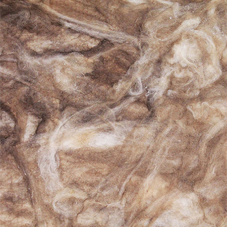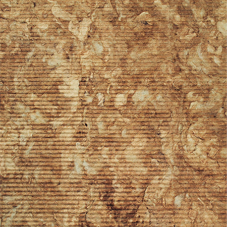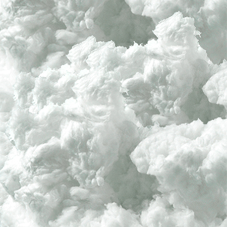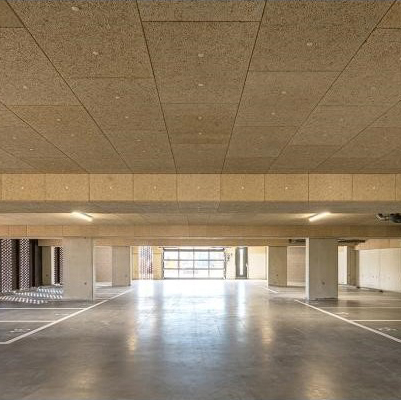When architect Keith Edwards, was specifying insulation for his own timber frame house, ease of installation was just as important as performance – because he’d literally be building the house himself.
Changing Legislation
Through his architectural practice, Keith has helped hundreds of people design their dream timber frame kit homes – and the one thing they all had in common was the specification of Knauf Insulation products. While Keith was keen to use the products for his own home, recent changes to Building Regulations meant new homes in Scotland must produce 32% less carbon emissions than the 2015 standards. As a result, his usual insulation build-ups no longer met the required thermal performance standards.
“The only way I could see to make the build-ups for the walls and roof work was to combine mineral wool insulation with rigid boards, but there were a couple of reasons why I didn’t want to do that,” explained Keith. “Firstly, fire safety is important, so I wanted a non-combustible solution. And secondly, I knew it would be much easier and quicker for me to get a really good fit with mineral wool insulation than it is with rigid boards.”
“I use Knauf Insulation’s FrameTherm® Rolls on all timber frame properties and know they come in two sizes to fit 600 or 400mm centres, which means I wouldn’t have to cut them down. So, all I’d have to do is unpack the insulation, push it into the corners and trim it to the right length.”
“Compare that to rigid boards. I’d have to measure and cut them precisely, and if it’s even a couple of millimetres out, it either won’t fit between the timbers and I’d have to try to cut it again, or there’d be a gap that allows the heat and sound through. Then I’d have to tape the joints, all of which takes time, slowing the build down.”
Technical Support
With this in mind, Keith turned to Knauf Insulation’s Technical Services Team to see if they could provide a fully non-combustible solution that would deliver the thermal performance aspect of the brief.
The Technical Services Team ran U-value calculations for the walls and roof. To achieve a U-value of 0.20 W/m²K for the walls, they recommended 140mm FrameTherm® Roll 32 between the studs and 50mm OmniFit® Slab 35 between the internal battens.
Then to achieve the 0.12 W/m²K required for the roof, they recommended 100mm OmniFit® Slab 35 internally between battens, with three layers of 75mm Rafter Roll 32. To prevent the build-up of interstitial condensation, they advised that the insulation be installed with an open-jointed sarking board and a vapour control layer.
As well as meeting the thermal requirements for the build, all four products have a Euroclass A1 reaction to fire classification. This means they are non-combustible so will not contribute to the development of a fire or flame spread.
Acoustic Performance
The last application where insulation would be needed was in the internal partitions between the bedrooms, bathrooms and living spaces to reduce airborne sound in line with Technical Document 5.
Here, Keith chose 50mm Acoustic Roll. This non-combustible glass mineral wool insulation has been engineered for acoustic performance and exceeds the performance standards of the separating elements defined in the Building Regulations.
A Sustainable Solution
The last consideration was sustainability – something Keith knew Knauf Insulation scores highly on. Glass mineral wool has the lowest levels of embodied carbon of any mainstream insulation material. Furthermore, all the products used for the build are manufactured with ECOSE® Technology, Knauf Insulation's unique bio-based binder that contains no added formaldehyde or phenol. It is made from natural raw materials that are rapidly renewable and is 70% less energy-intensive to manufacture than traditional binders.
Products made with ECOSE® Technology are soft to touch and easy to handle. They generate low levels of dust and VOCs and have been awarded the Eurofins Gold Certificate for Indoor Air Comfort.
All Knauf Insulation’s glass mineral wool products are Declare ‘Red List free’, which means that they do not contain any harmful chemicals on the ‘Red List’.
Thanks to the technical support from Knauf Insulation, there was no need for Keith to compromise on the insulation solution for his timber frame house. So, he can relax in a comfortable environment knowing his insulation will contribute to lower energy bills and a safer, quieter home.
Products Used:
• Knauf Insulation OmniFit® Slab 35
• FrameTherm® Slab 32
Knauf Insulation meets the brief for architect’s self-build project
| T | (01744) 766600 |
|---|---|
| F | (01744) 766750 |
| E | info.uk@knaufinsulation.com |
| W | Visit Knauf Insulation's website |
| Stafford Rd, St Helens, Merseyside, WA10 3LZ |
Products by this Company
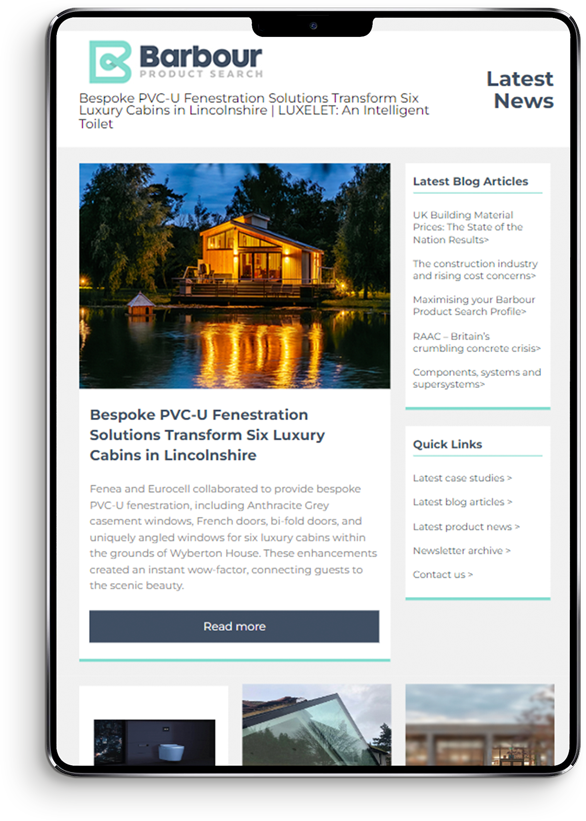

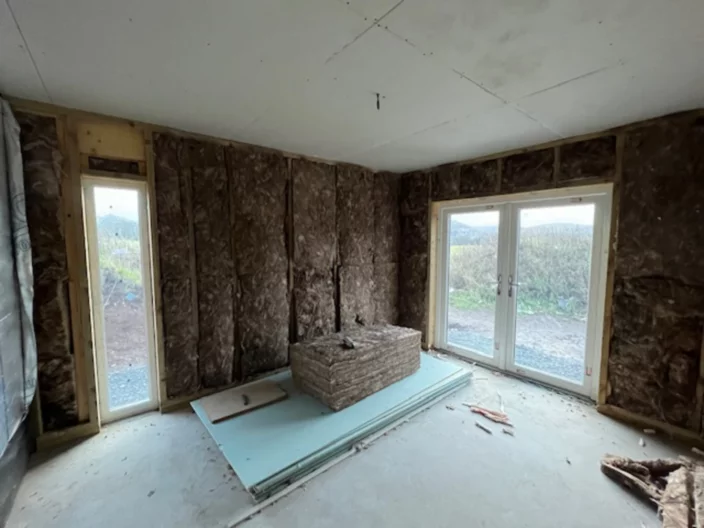
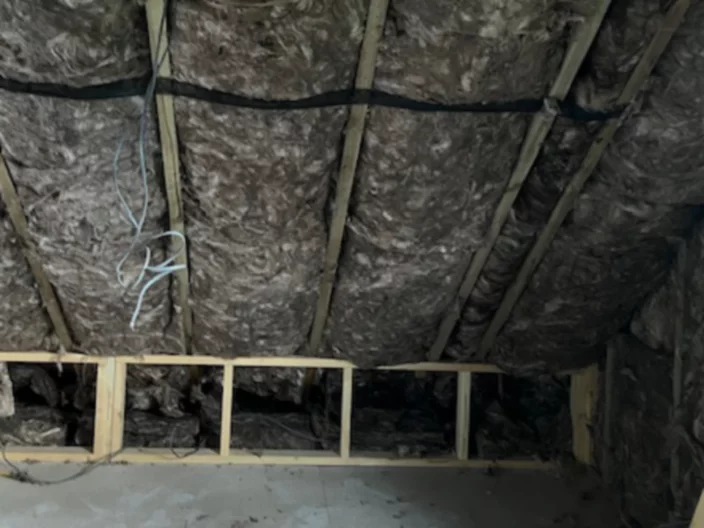
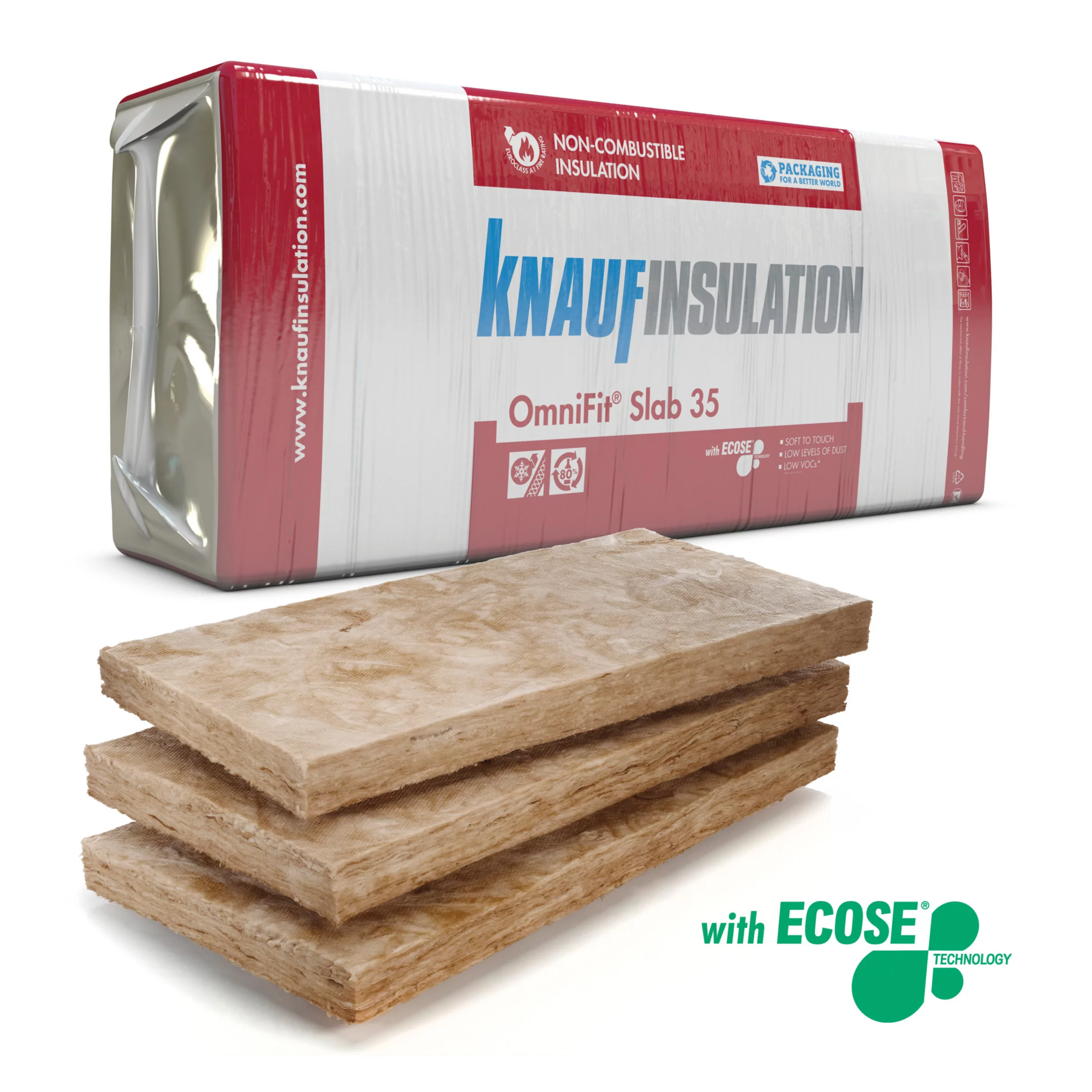
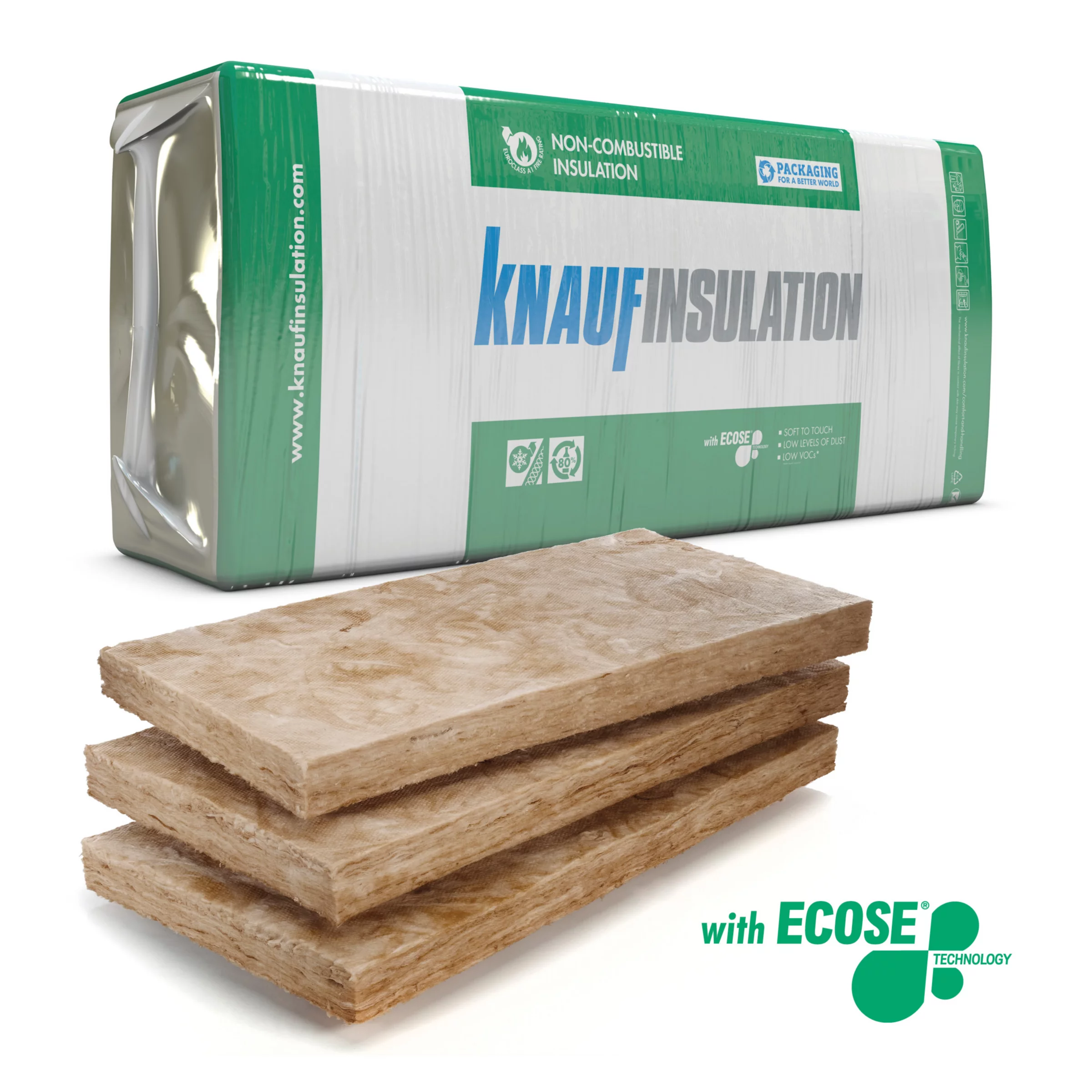
 (002)CROPV2-comp102239.png)
